Paul Murton is no stranger to journeys of discovery.
The Scottish TV presenter, documentary filmmaker and author is best known for his ‘Grand Tours of Scotland’ travel documentaries which see him explore different regions, delving into their history, culture and landscapes.
But ahead of his new series Grand Tours of Scotland’s Rivers which includes two episodes following the Tay, the 65-year-old has revealed that one of his earliest adventures was a personal quest to track down his “Walter Mitty” father in Norway.
“My father ran off with a Norwegian woman when I was about 12,” explains Paul.
“I went to see him – I went to find him once with my hitchhiking pal Gus.
“I didn’t have an address for him.
“So I went to the police station in Bergen, got an address, but took the number down incorrectly.
“When we got to the street, the number I had written down didn’t exist. It was beyond the last number in the street.
“My friend said ‘chap the last door anyway’.
“But I said ‘what if it isn’t him? What would I say?’
“So we stood outside for about 10 minutes and wandered away.
“Years later I found out he was there.
“He was a bit of a Walter Mitty character.
“He’d pretend he was all sorts of things.
“But I reconnected with him about two or three years after that.”
How did Paul Murton get into presenting Grand Tours of Scotland?
Paul, who grew up in Argyll, has appeared on 14 series of Grand Tours.
He “stumbled into” presenting in 2007 after he was hired by Mentorn Television to direct a series about Scotland’s clans.
Lack of money led to the executive producer suggesting that he present the show himself.
“I think Neil Oliver had been mentioned but he was too expensive – so I was second best!” he laughs.
After three series of presenting Scotland’s Clans, he had the opportunity to put forward the Grand Tours idea.
Since then he’s felt like a “really lucky person” because he loves travelling around Scotland and now gets to do that for a living.
His tours are “always an education”.
Many stories take him by surprise.
He sometimes feels Scotland is “fading away”.
While there are so many positive stories to tell, he feels there’s this “great burden of the past” and that we “now only see ghosts of what Scotland was”.
How well did Paul Murton know the River Tay before his Grand Tours filming?
As a general rule, him and his crew allocate five full days to make a half hour programme.
For a series of six episodes, that’s 30 days plus a couple of extras across the summer.
Sometimes they are “in and out” of communities and he doesn’t always have time to reflect on where he’s been and who he met until later.
When it came to the latest series and the River Tay, however, where he follows the river from source to sea – a journey which similarly featured in The Courier’s Shaped by a River mini-series in 2019 – he already had a working knowledge of its grandeur.
“The Tay is a place I’ve always crossed over at Dundee or Killin when I’m on a motor bike run,” he says.
“I like heading up that way. Stopping at the Green Welly.
“But I’ve never really explored it as a single entity.
“How all these different elements join together.
“In a sense Loch Tay is in the middle of the whole course of the Tay.
“I found that quite interesting.
“All these stories like Niel Gow’s Tree.
“I’d heard of it but didn’t know much about the Niel Gow tree.
“The fact that he sat there and composed 230 years ago.”
Easy to forget about historical significance of rivers, says Paul Murton
Paul says lots of people take rivers for granted.
There’s been renewed interest in the outdoors with people rediscovering rivers though kayaking, canoeing and paddle boarding.
This, he says, gives people a “completely different perspective “on the countryside.
But it’s also easy to forget about their historical significance.
“Rivers have given rise to settlements that have been there for hundreds of years, primarily because there are river crossings,” he says.
“The people I speak to are using the river in a particular way.
“They are deeply rooted in our whole social history.
“But it’s kind of easy to forget about rivers in the normal world because you drive over them using a bridge, you drive along the side of them in a car, not aware of the fact of their presence or what they contribute.
Flooding has, of course, become increasingly problematic, including recent issues on the Tay.
Even as a child in 1970s Argyll, Paul remembers his chemistry teacher talking about “greenhouse gases and global warming”.
He despairs that “nothing’s really been done about it”.
“It’s got worse and worse and worse,” he says, adding that as a mountaineer and skier, he’s noticed a “huge difference” in winter with less snow and more rain where he now lives in Aberfoyle.
Paul Murton got into mountaineering as a teenage ‘weakling’!
While he’s always been into the outdoors, Paul laughs that it was being “really terrible at most subjects at school” that led him towards his passion.
“My gym teacher,” he says.
“In the days when you were told if it didn’t hurt it wasn’t doing you good – we had to play shinty on a gravel pitch.
“That really hurt. I was a reluctant sportsman!
“I was always the last person to be chosen to join the football teams.
“It would be me and some other wee weakling left standing, which was quite humiliating.
“So I decided that I needed to do something to boost my prestige and standing in the class.
“I decided to do something no one else did – and that was mountaineering.”
Paul explains how his English teacher told the class about an Italian climbing expedition he’d been involved with.
Paul spoke to him afterwards and said “that’s fantastic I’d love to do something like that”.
The teacher invited him to join his group on a winter climb the following weekend and Paul was “completely bitten by the bug”.
“I was 13 or 14 and just felt like the king of the world!,” he says.
“I was hooked. The great thing about mountaineering is I was the only person doing it at school that I knew of, and nobody could tell how good or bad I was!”
Paul Murton’s early experiences of hitchhiking across Europe
Paul’s wanderlust saw him hitchhike a lot around Scotland as a teenager.
Him and his mate Gus, who also accompanied him to Norway, hitchhiked from Dunoon to Istanbul when he was 17 with just £20 in his pocket.
They never made it to Istanbul, getting as far as Dubrovnik.
Paul was interested in going behind the then Iron Curtain to Poland and Czechoslovakia.
But after being repeatedly picked up by the West German police because he was “too young”, Paul ran out of money in Vienna and hitchhiked home to Argyll in just 50 hours.
Gus, meanwhile, never got into Czechoslovakia because his “hair was too long and he looked like a social undesirable”.
Paul went on to Aberdeen University where he studied philosophy.
He stopped doing adventurous things for a while, becoming more interested in parties instead.
Having re-established contact with his father in Bergen, he’d go sailing with him up and down the Norwegian coast.
But it wasn’t until he left university and realised there were few philosophy jobs at the height of Thatcher’s Britain that he started making films through Edinburgh Film Workshop.
Getting into television behind the camera – and misleading expectations of Scotland
He used those as the basis of an application to the National Film and Television School in 1984, and came out as a drama director doing things like The Bill and Casualty.
Returning to Scotland from England by which time he had five children, he started making documentaries for the BBC.
The rest, as they say, is history…
“Scotland is home primarily,” says Paul when asked what Scotland means to him.
However, just as you might be an “incomer” to Glasgow if not born there, he’s conscious that visitors’ expectations of Scotland, promoted by his programmes, can be different to reality.
“That’s one of the problems in my experience that we have in Scotland, particularly the Highlands and Islands,” he says.
“That does slightly concern me.
“There are so many different aspects to Scotland. People carry lots of expectations.
“If they don’t see somebody in a kilt or they don’t hear bagpipes, they feel as if they haven’t been to Scotland.
“All these things are kind of laid on – and there’s a history to that with the Romantic movement of the 19th century, Sir Walter Scott.”
Paul thinks people have to “travel authentically and not have too many expectations”.
He adds: “I know people who get upset when they visit the Hebrides and see people living in 1970s kit house bungalows.
“They think we should be living in thatched shielings.
“That’s just not the way of it. So they take pictures, not of the 1970s bungalows, but of the shielings.
“They think that’s authentic. But that’s just an Air BnB!
“There are lots of different aspects to Scotland.
“Fundamentally, it’s an extraordinarily beautiful place.
“There’s so much history and culture here just lingering. That’s what I try to get across.”
When to see Paul Murton’s Grand Tours of Scotland’s Rivers featuring the River Tay
Paul Murton’s new six-part series Grand Tours of Scotland’s Rivers starts on BBC One Scotland from 8.30pm to 9pm on January 8 with a focus on the River Don.
The River Tay features in episodes two and three with all episodes available on iPlayer from January 8.
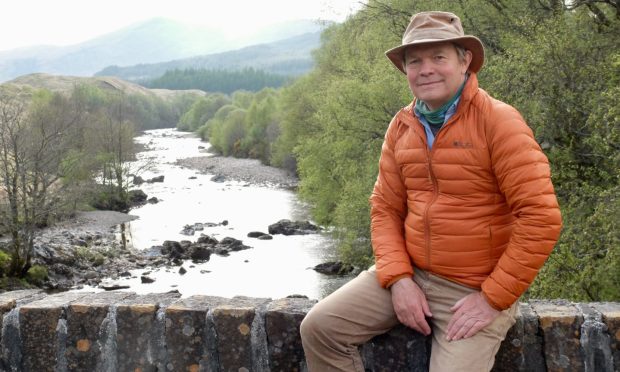



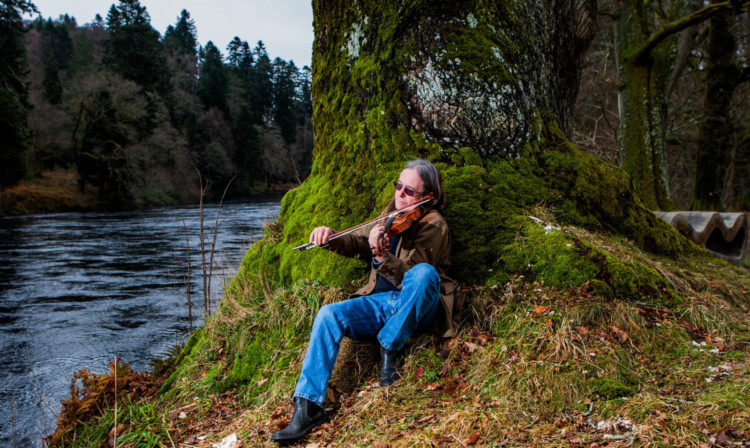








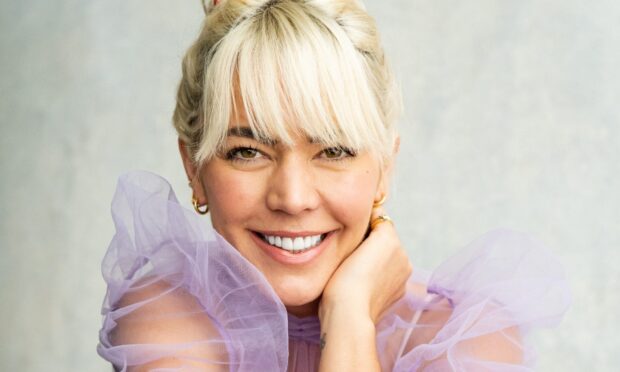
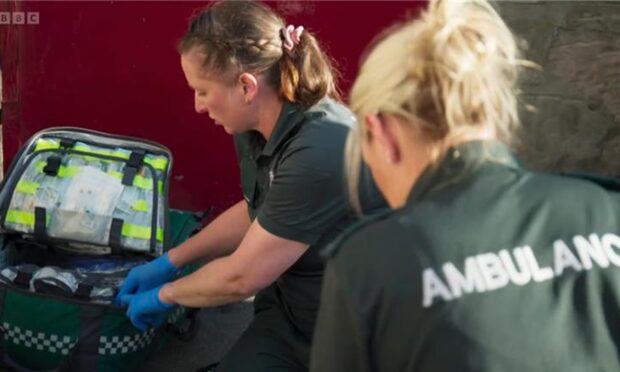
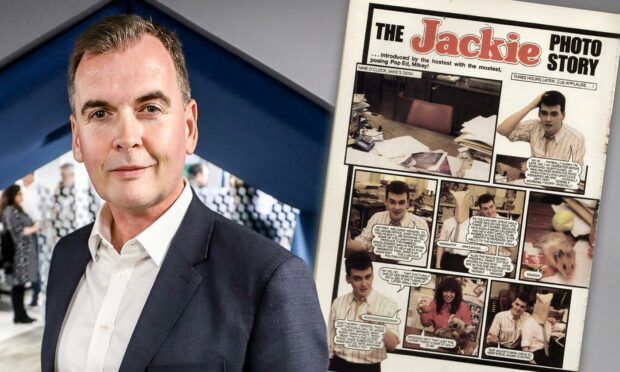
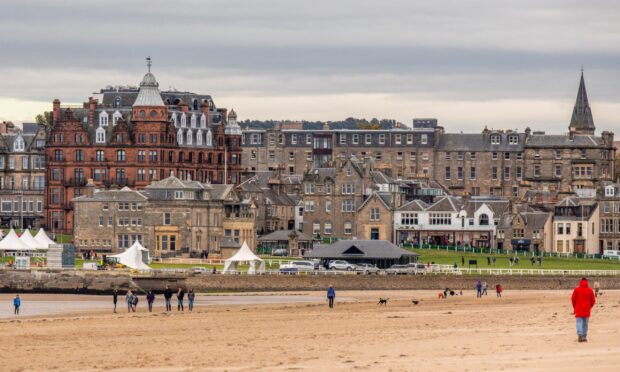


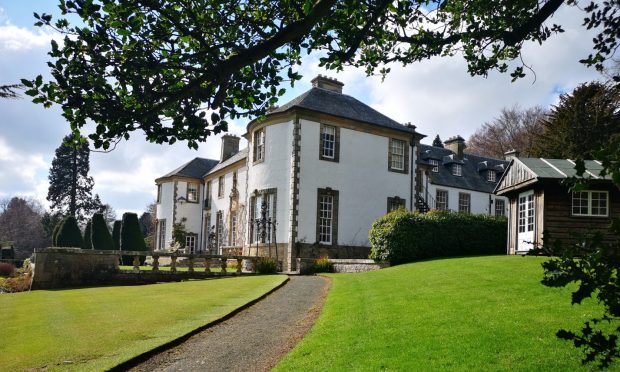
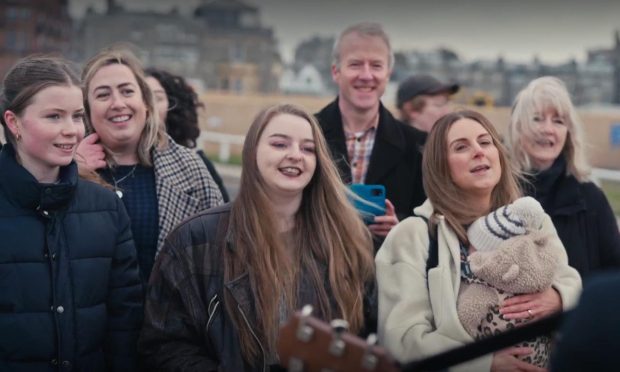
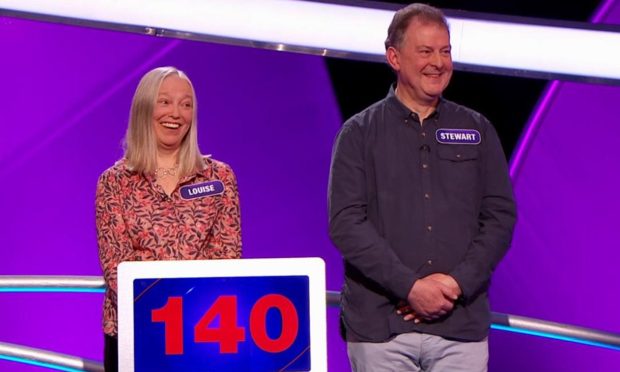
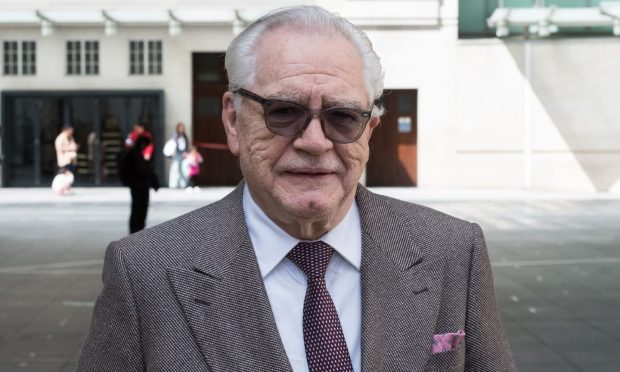
Conversation